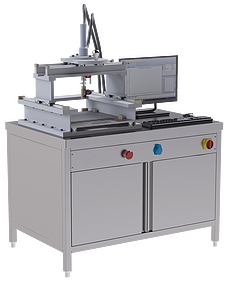Bond Strength
Concrete bond strength is the measure of the transfer of load between the concrete and its reinforcement which is a function of its compressive strength. The reinforcing element must be able to undergo the same strain or deformation as the concrete in order to prevent the separation of the two materials. Because of this, a higher bond strength indicates a stronger and more equipped structure. There are many factors that influence bond strength such as:
• Bar geometrics
• Concrete properties
• Amount of confinement around the bar
• Surface conditions of the bar
Bond strength is important as a loss of bond between concrete and reinforcement oftentimes leads to structural failure. Because of this, bond strength testing throughout the construction process is essential to a structure’s longevity.
To test bond strength, the adhesion between two conjoined surfaces are measured in terms of the stress required to separate the surfaces, therefore rupturing their bond. The execution and deformation throughout the test are monitored and recorded to determine its overall strength. To ensure proper concrete resistance, it is necessary to evaluate any possible decrease in performance when a load is present.
Humboldt’s HC-3060.4F Bond Strength Tester is a computer-controlled hydraulically operated device that can test several samples in a short sequence. Its fast and reliable bond strength readings can be displayed graphically and examined through software. This device covers all international standards and can also be configured for completely free test runs.


